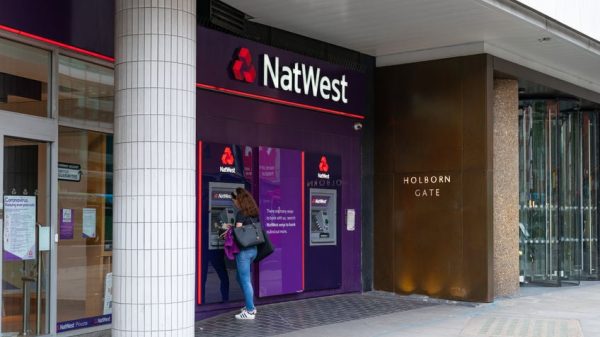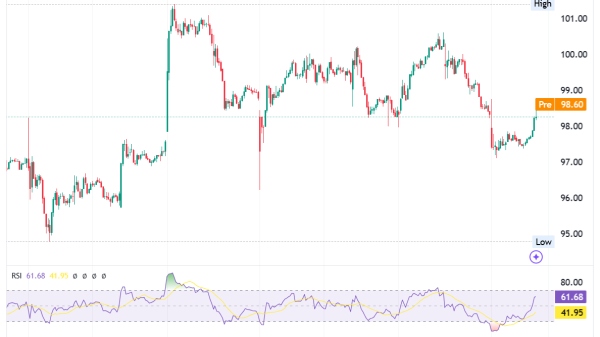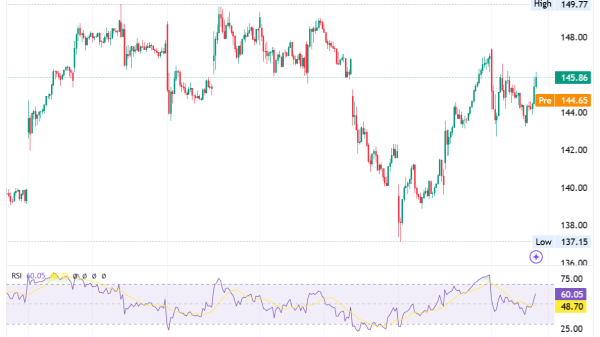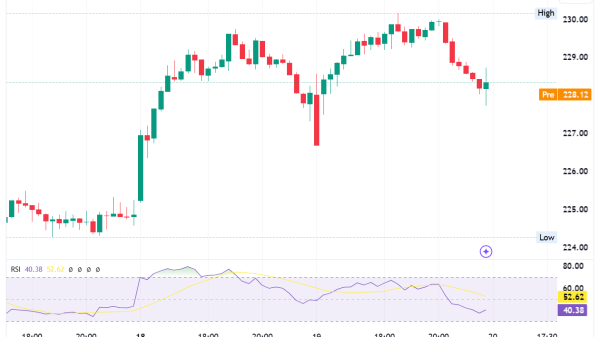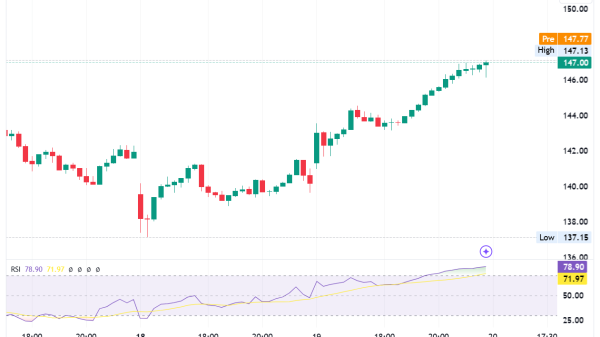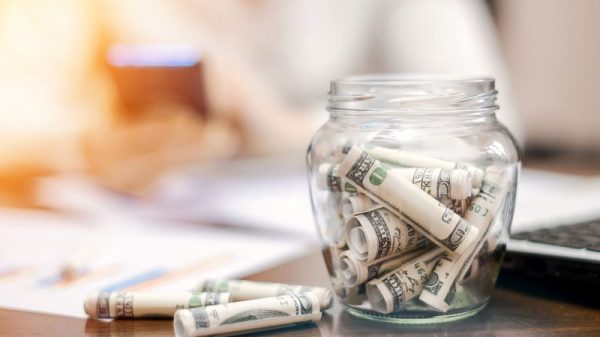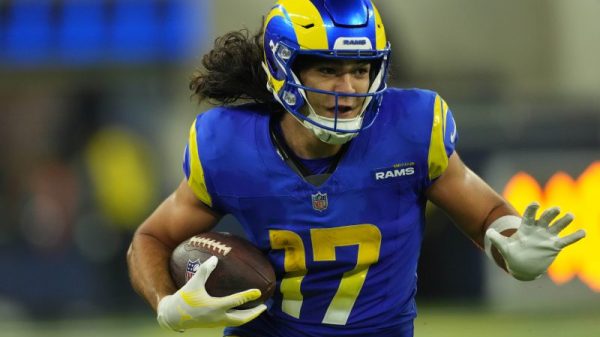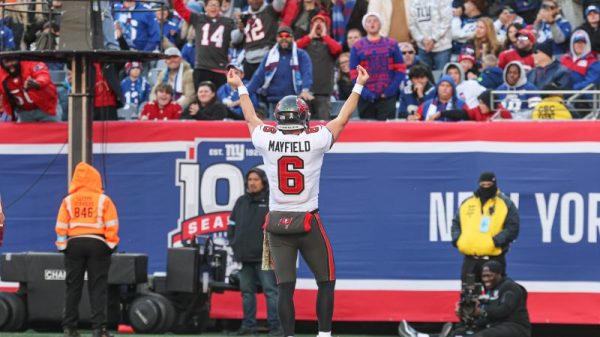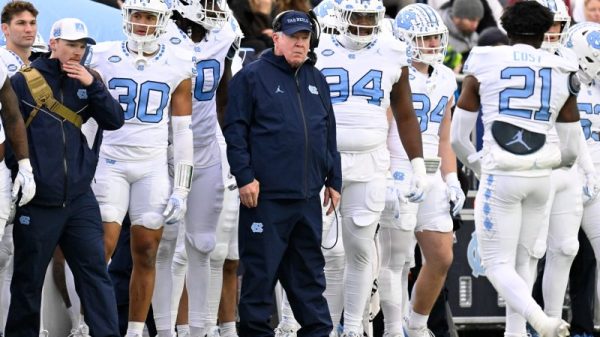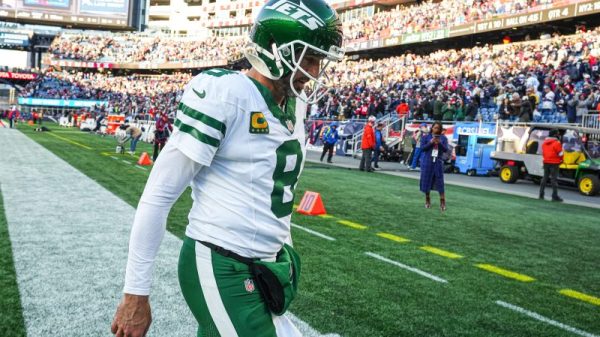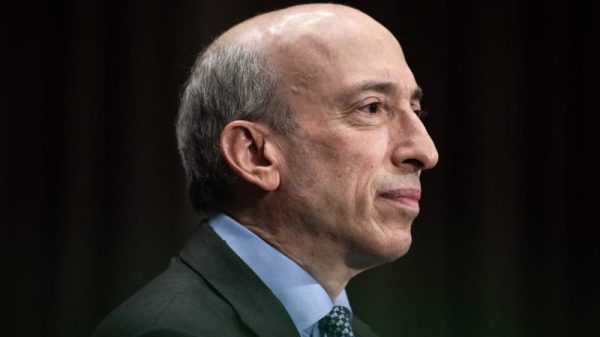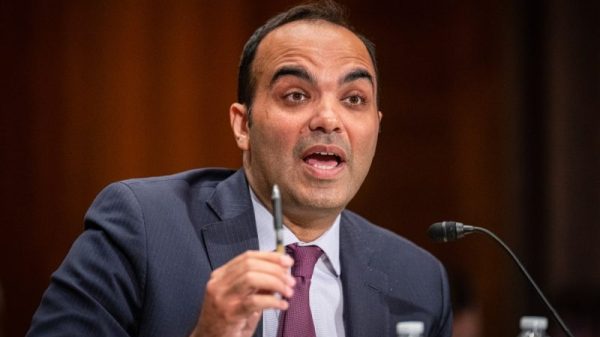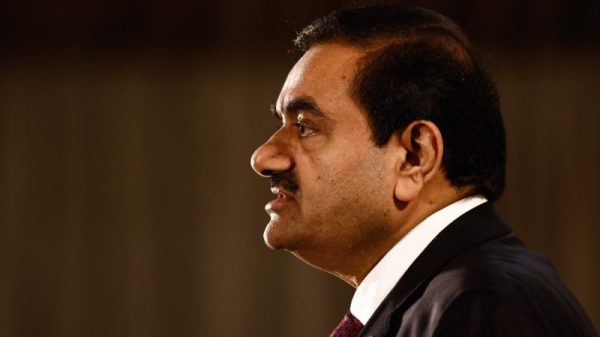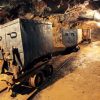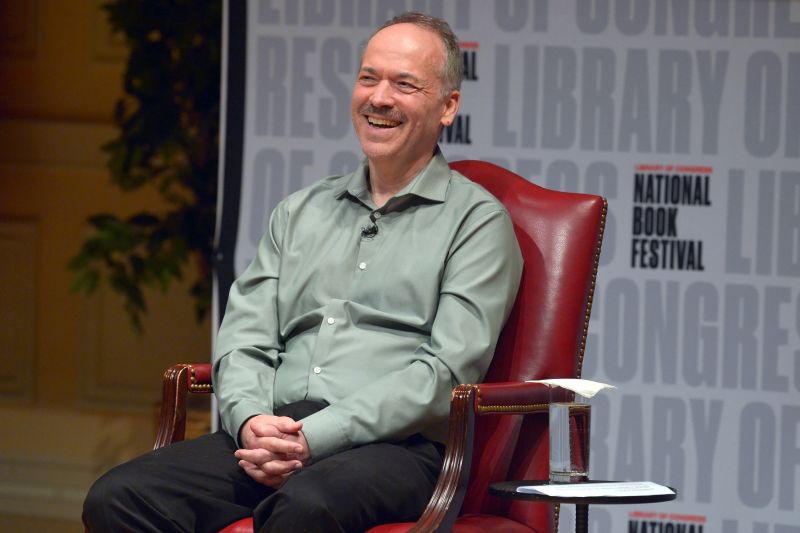
One Sunday night in February, Will Shortz was at his desk at home in Pleasantville, New York, when he leaned to his left and realized he couldn’t sit back up straight.
The stroke was on the right side of his brain, leaving the left side of his body “completely incapacitated” and causing his speech to be slurred, said Shortz, 72.
It didn’t affect his ability to solve and make puzzles, he said – a gift for the millions of people who enjoy his work as the crossword editor of the New York Times and the puzzlemaster of NPR’s “Weekend Edition Sunday,” roles he’s held for decades.
Strokes are caused when a blood clot blocks blood flow to the brain or, less frequently, when a blood vessel ruptures and causes bleeding in the brain. Almost 800,000 people in the United States are estimated to have a stroke each year, according to the US Centers for Disease Control and Prevention, and more than 165,000 die from stroke, making it one of the country’s leading causes of death.
Patients can recover, even fully, with the help of months of rehabilitation work.
Getting help fast
That evening in February, Shortz knew that he needed to get emergency treatment quickly. But because it was winter and he was dressed for a game of table tennis – another of what he calls his “obsessions” – he decided to change into warmer clothes and use the bathroom before going to the hospital.
It was there that he “crumpled to the floor,” he said. Without his phone and unable to get back up or even to crawl, Shortz began to worry. Somehow, though, he said he was able to “squirm like a worm on my back” into his office to get his phone and call his partner, who came immediately and called an ambulance.
Even with the 15 minutes he spent on the floor, Shortz said, he was at the hospital within an hour. Such quick care, stroke experts emphasize, is crucial.
“Time is brain,” said Dr. Michelle Lin, a neurologist at Mayo Clinic Hospital in Jacksonville, Florida. “For every single minute that there’s a delay in presenting to a doctor’s office or emergency room, about 2 million neurons die.”
Lin said she recommends that people who suspect they’ve had a stroke call 911 for an ambulance to get emergency care as fast as possible.
One way to recognize stroke symptoms, she said, is to use the mnemonic device B.E. F.A.S.T. It stands for:
- Balance
- Eyes
- Face
- Arms
- Speech
- Time
If people notice changes in balance or vision, weakness or numbness in their face or arms, or trouble with speech, it’s important to seek emergency care in as short a time as possible, Lin emphasized.
Shortz’s initial treatment
Shortz said he spent more than a week in emergency care at the hospital, where staffers got him on his feet “as quickly as they could.” From there, he spent several weeks in a rehabilitation center doing both occupational and physical therapy before moving to a “subacute” facility for a month. There, he did 2½ to three hours of therapy every day.
“That’s the kind of physical therapy and occupational therapy we hope all of our patients could get,” said Dr. S. Andrew Josephson, professor and chair of the Department of Neurology at the University of California San Francisco. “It’s a long process to get the brain to recover and rewire, but we have more and more science that tells us that these types of aggressive rehabilitation approaches end up helping people have better outcomes.”
One thing Shortz wishes he’d done differently is to work his left arm as early and as much as he worked on everything else. Initially, he said, he treated it as you would an injury that needs rest to heal on its own.
“I didn’t use it very much,” he recalled. “But when you’ve had a stroke, what you want is for your brain to reconnect or make new connection with your neurons, your nervous system. So I should have been using my arm as much as possible from the start.”
By April, Shortz was facing an important event, one he hadn’t missed since he founded it in 1978: the annual American Crossword Puzzle Tournament. He left the subacute rehabilitation facility, went home and went to the tournament in a wheelchair.
“I’m so glad I did,” Shortz said. “When I was wheeled into the ballroom with almost 1,000 people, there was a standing ovation, which was very rewarding.”
The myth of the ‘golden window’
Since then, Shortz said, he’s continued therapy seven days a week. He does outpatient physical and occupational therapy at a nearby hospital twice a week, working with a therapist at home and going to a local place called Rehabologym that has an approach he particularly enjoys: “You play games and do exercises,” Shortz said. He’s also continued table tennis.
Varying exercises in that way is an important part of strengthening the brain, Gupta said.
“The best way to exercise the brain is to work different parts of it – so adding in movement, like Will, and doing new activities is what helps keep the brain growing and working at its optimal level,” he said.
Shortz said he can now walk with a cane and is starting to get some use of his left hand back, and he feels that he’s still improving.
“I’ve heard and read that all the progress you can make in recovery from a stroke is going to happen within three to six months,” he said. “A lot of stroke victims have written me since then that that is not true, that you continue to make improvement, really for the rest of your life.”
It’s true that recovery can continue beyond what was previously thought of as the “golden window” of the first six months, Lin said. “I do not think that there’s a timestamp to recovery, because our brain is really quite plastic,” she said.
Josephson agreed. “We know that the brain continues to heal for many years to come,” he added.
Overcoming plateaus
Shortz said the hardest times in his recovery have been when he’s hit plateaus and started to wonder, “Is this how I’m going to have to be for the rest of my life?”
- Sign up here to get The Results Are In with Dr. Sanjay Gupta every Tuesday from the CNN Health team.
In those times, he said, “it’s like any time you’re faced with a problem that seems insurmountable or seems very complex: The thing to do is just pick some one small element of it and work at that.”
“I have always kept working at this, and then I have a new breakthrough,” Shortz said.
If that sounds a lot like how one might try to tackle a crossword puzzle, that’s no coincidence.
“Like solving a crossword puzzle,” Shortz said, “even if you don’t know certain things that are in the puzzle, tackle what you do know. Get those under your belt. And each thing that you do will lead on to something else you can do. And afterward, when you finish the puzzle, you think, ‘Wow, I didn’t realize I could do that.’”



